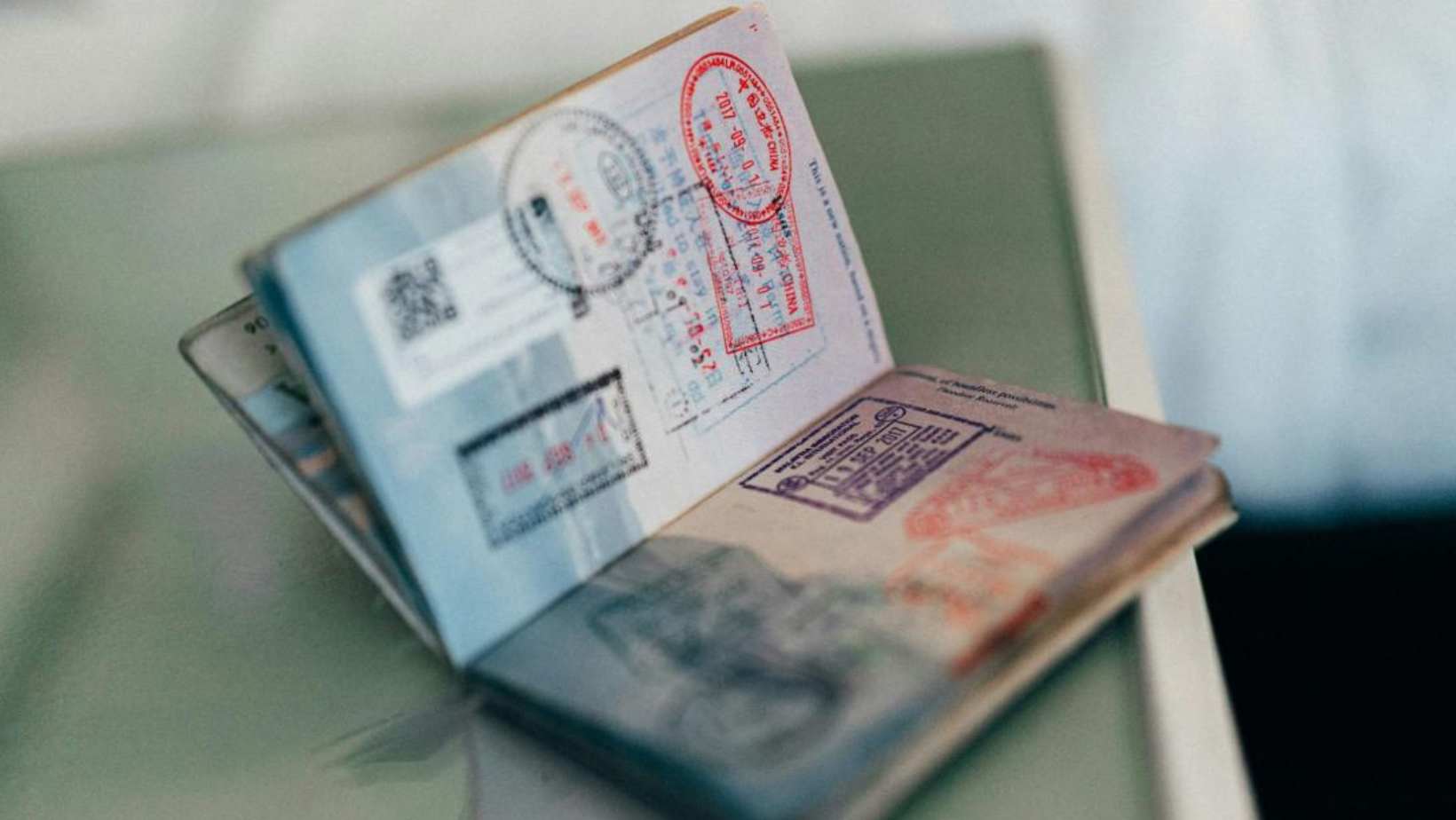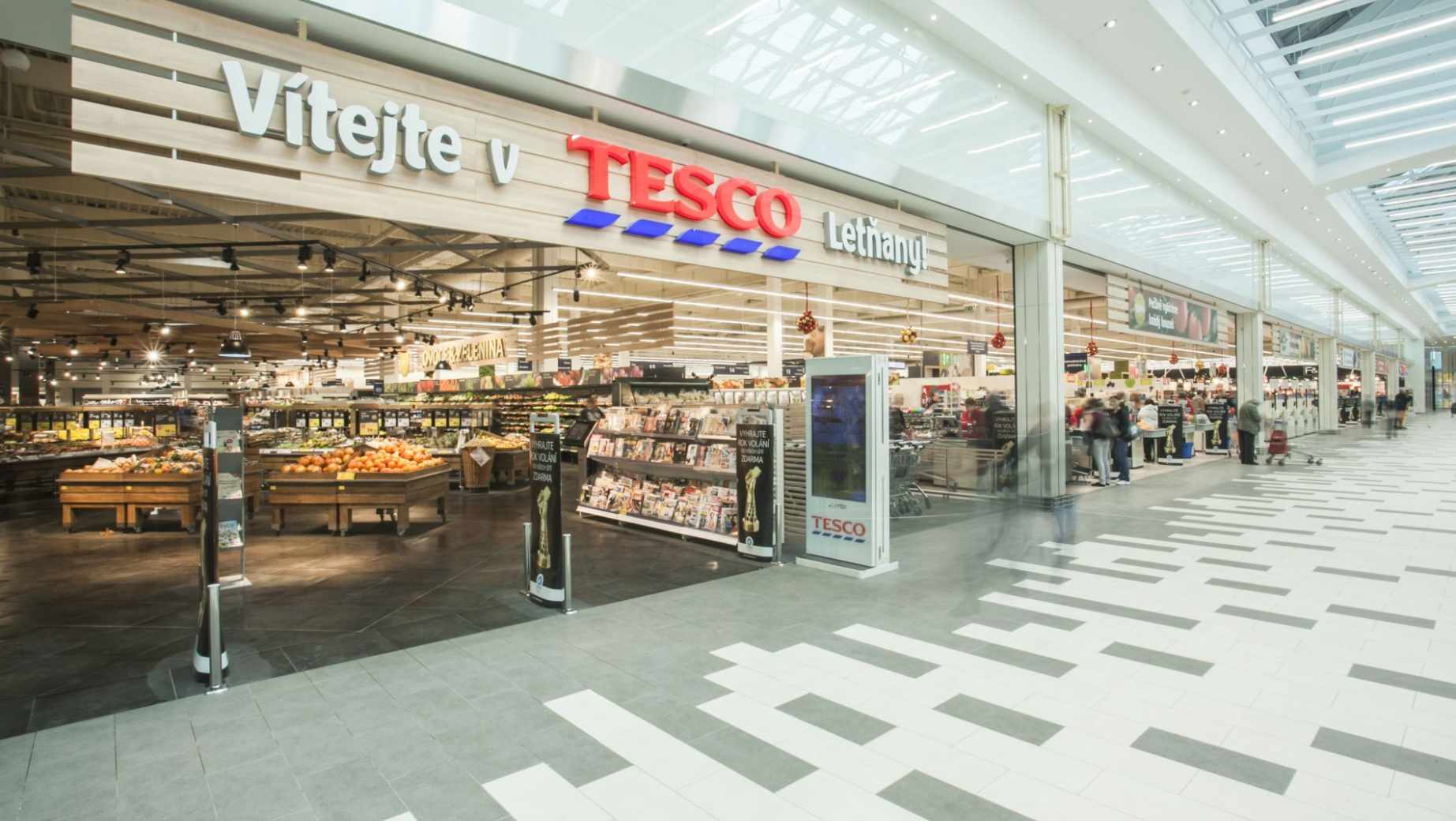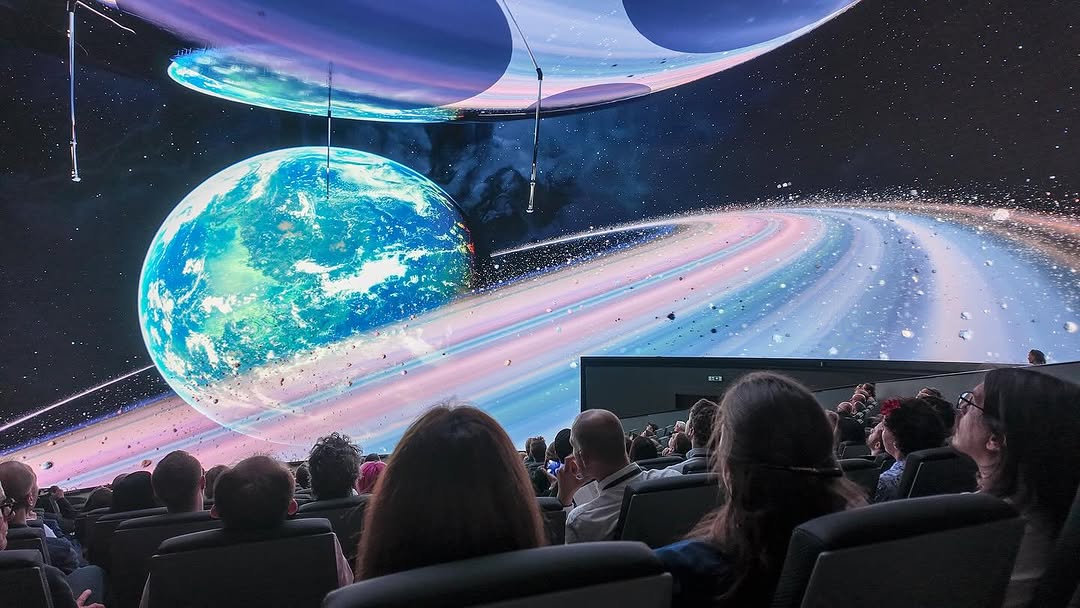Short Pre-History of the Vinohrady Villas Area
Robin Petrasek
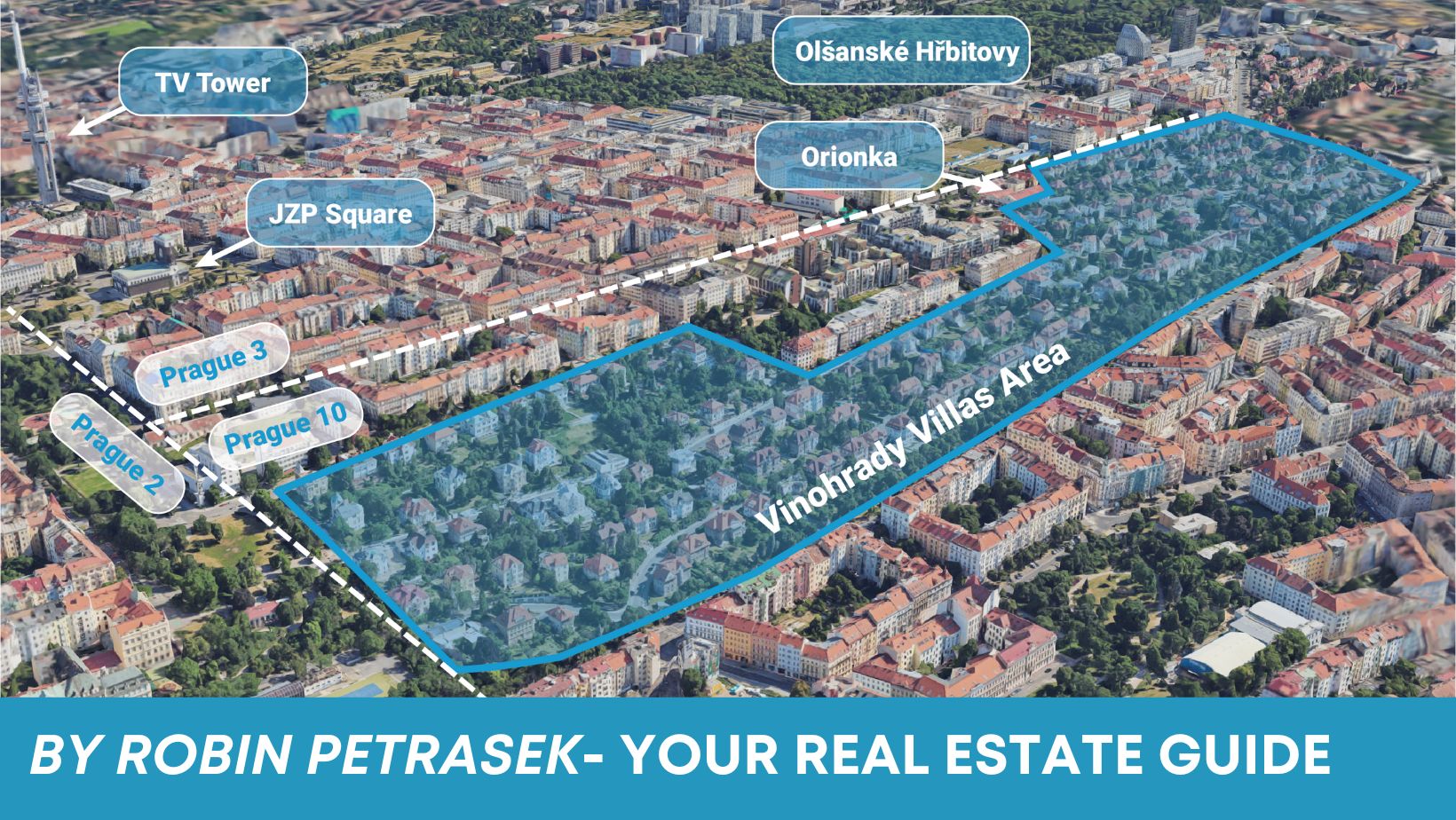
If I had to select one area of Prague I love the most, it would have to be Prague – Royal Vineyards, Vinohrady in Czech, or “Královské Vinohrady”. As you might know from the recent article, Vinohrady was rated as one of the coolest areas in the world.
Vinohrady has a unique and charming atmosphere and will always maintain its value because of its prestige, history, architecture, and limited areas for new development.
In this article, I will cover the history of the villa district spreading from Bezručovy sady all the way down to the borders with Prague 3 and 10.
You can look forward to a series of articles about the Vinohrady area, starting today with the history of the villa area and what happened before the first villas even began construction.

The Early Years
Vinohrady was originally a rural area with vineyards and orchards covering much of the land. The first permanent settlements in the area date back to the 12th century. By the 15th century, it was a thriving agricultural community thanks to an order of Charles the IV which stated that within a 3.5km area from Prague Castle, vineyards shall be planted and wine for the royal table produced.
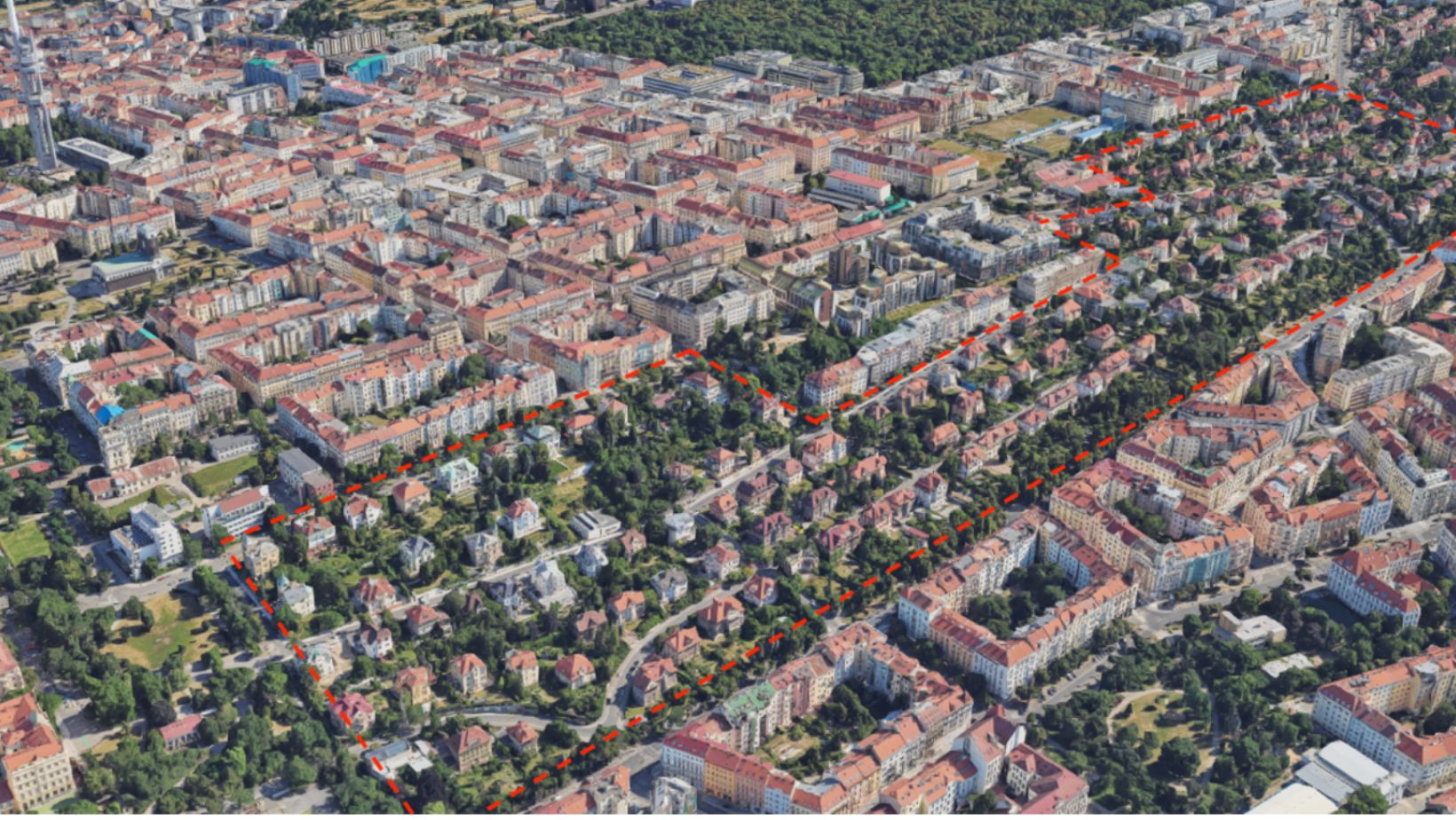
The 19th Century
Fast-forwarding to the 19th century, Vinohrady began to undergo rapid development, fuelled by the construction of railways in the 1840s, the tearing down of the city walls, and the spreading of the population. The area grew rapidly, and new streets, schools, and businesses were built.
The area also became a popular destination for artists and intellectuals, who were drawn to the district’s vibrant cultural scene. The villas, however, only started to appear in the beginning of the 20th century. You can see on the 1889 map there was nothing but empty land in the area where you see villas today.
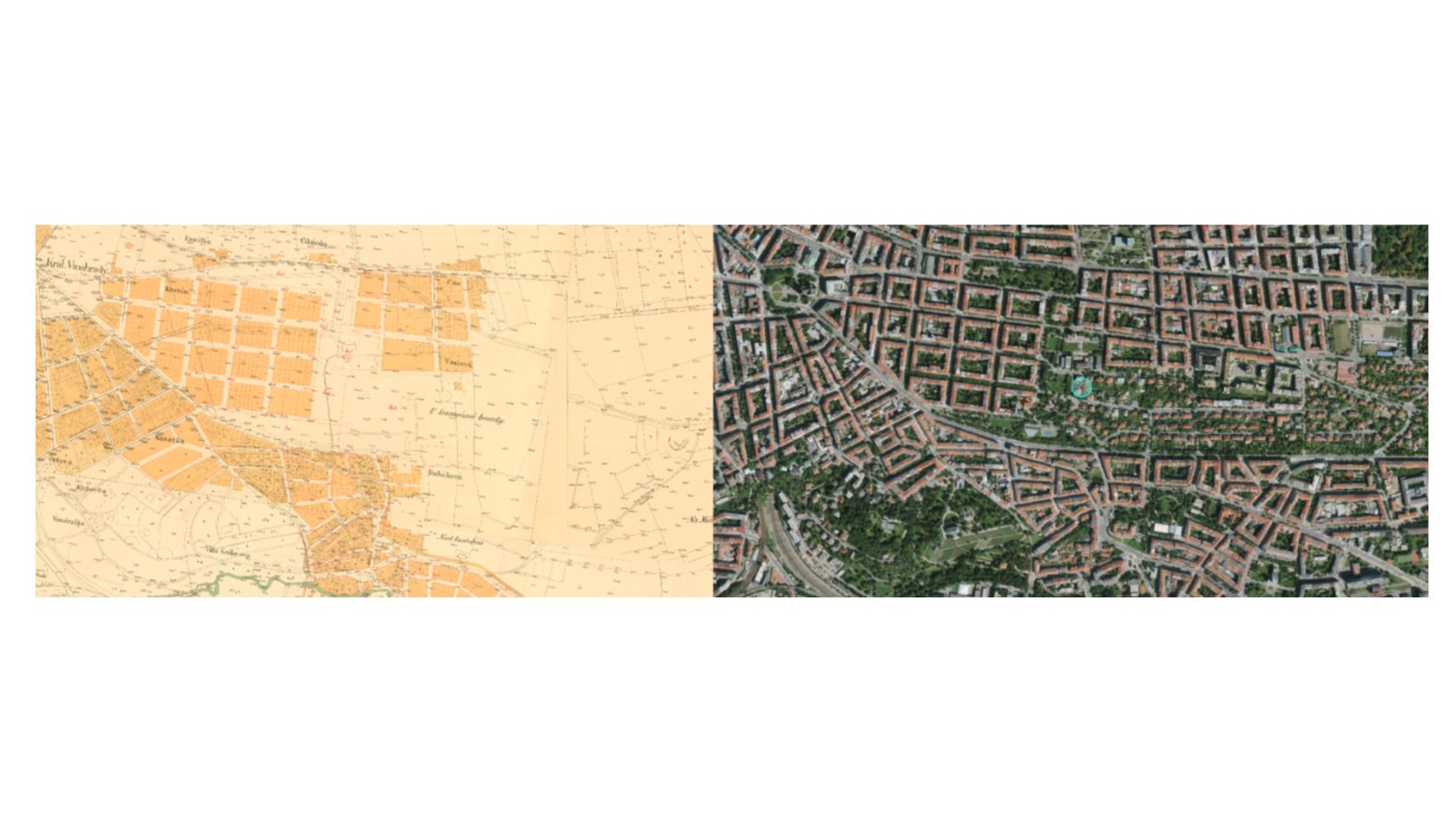
Turn of the century:
The early 20th century saw the beginning of construction of these villa areas. Before the first villa was finished, the first electrified tram was introduced. This ran from Namesti Miru to where Vinohrady’s former slaughterhouse stood, now known as Orionka.
The tram was built between 1891-97 by František Křižík, a famous Czech inventor who not only designed but also financed it. Despite it being an expensive business endeavour, it worked to showcase his genius and later, in 1901, it was bought by Prague City.
Let me stop at Naměstí u Orionky for a while. This was not only where the slaughterhouse was, but also another two important businesses of the time. One of them was a famous chocolate factory, later renamed to Orionka, which gave name to this whole area.
Did you know that this is exactly where the Czech brand of Orion chocolate came from?
The second business was the famous Vinohradsky beer brewery, still standing in its original site. They shared the location with the first Prague movie studios, which later moved to the newly constructed Barrandov area.
Vinohradsky pivovar was operational until the year 2000 when it suffered massive fire damage, though in post-WWII years, only the malting process was done there.
Other than these factories, that was pretty much the edge of Prague as a city in the 19th and 20th centuries. If you stood at Naměstí u Orionky back in 1901, you would see nothing but vast green land in front of you, an ideal place for the construction of villas of the prominent citizens.
This was a short history of the Vinohrady villa area, which set into motion the construction of villas – something we will look at in the next article.
-
NEWSLETTER
Subscribe for our daily news





